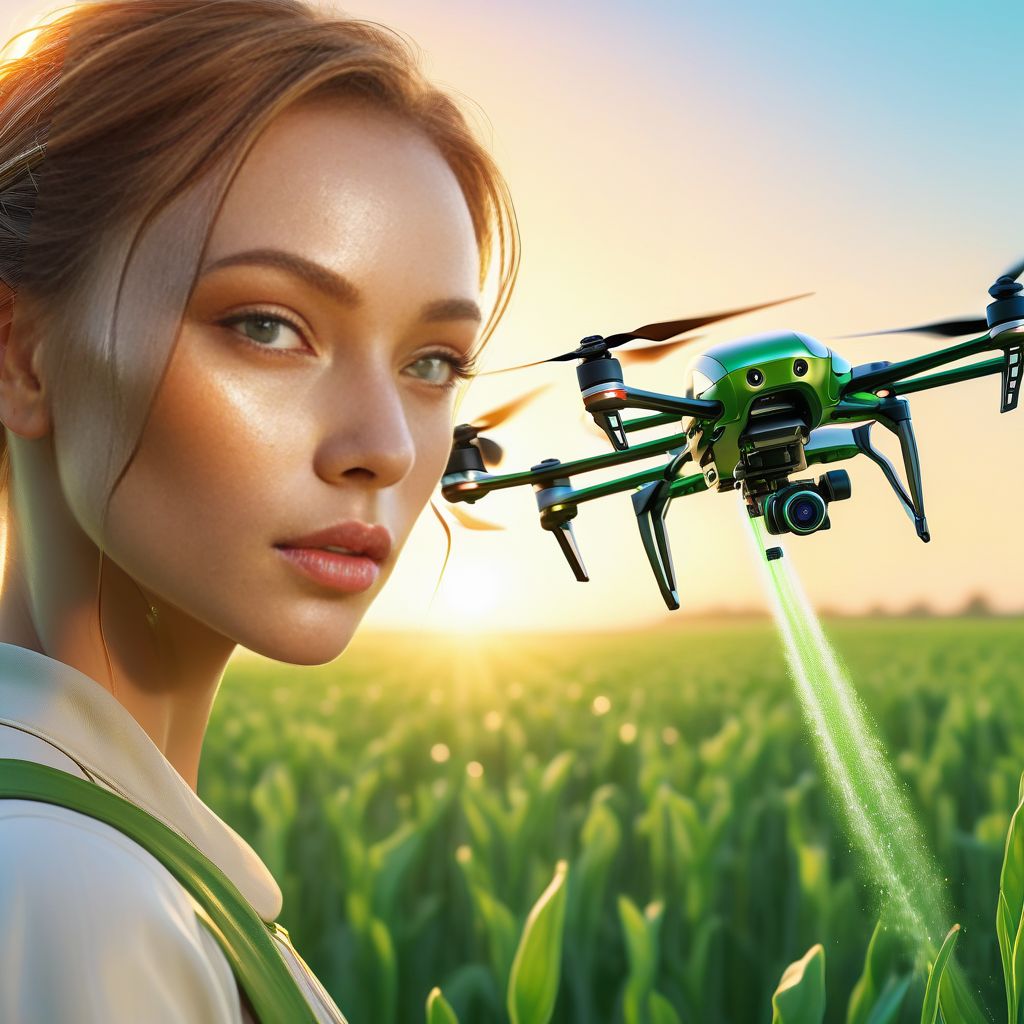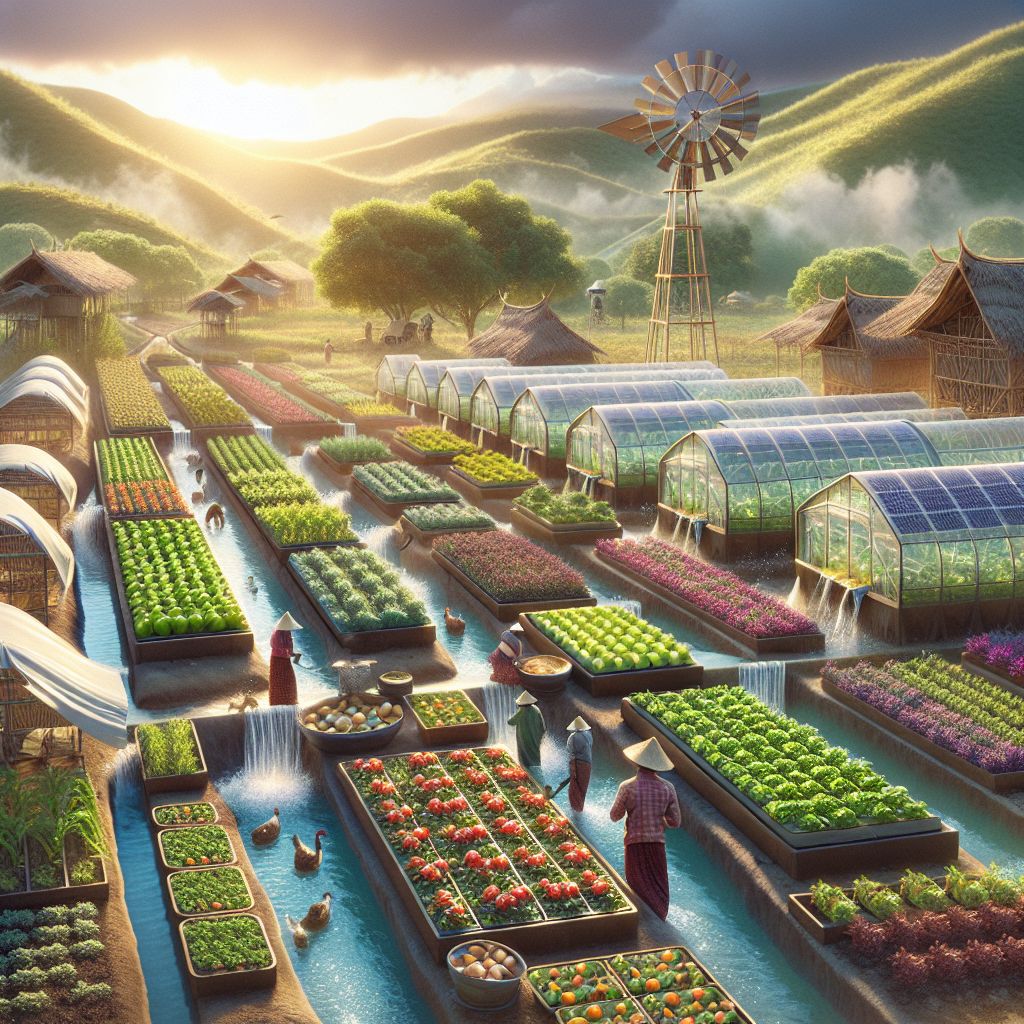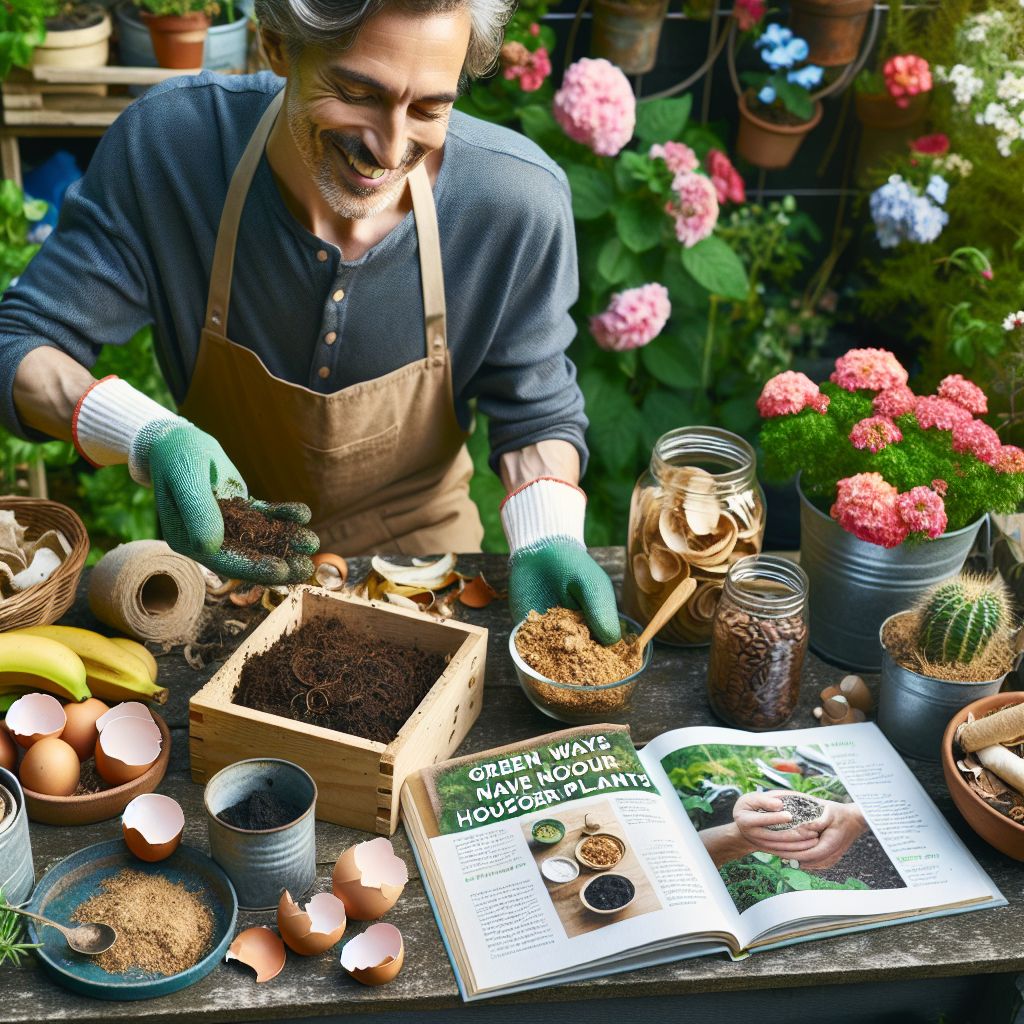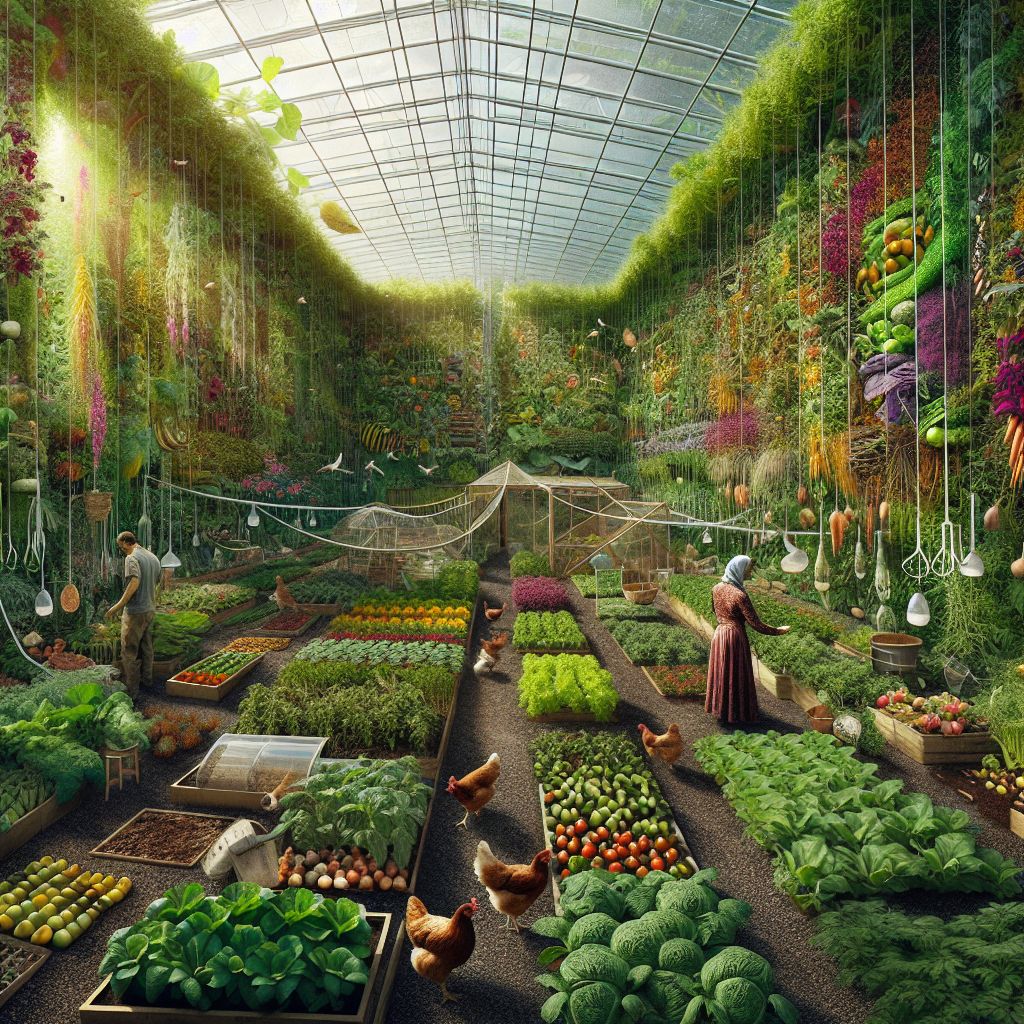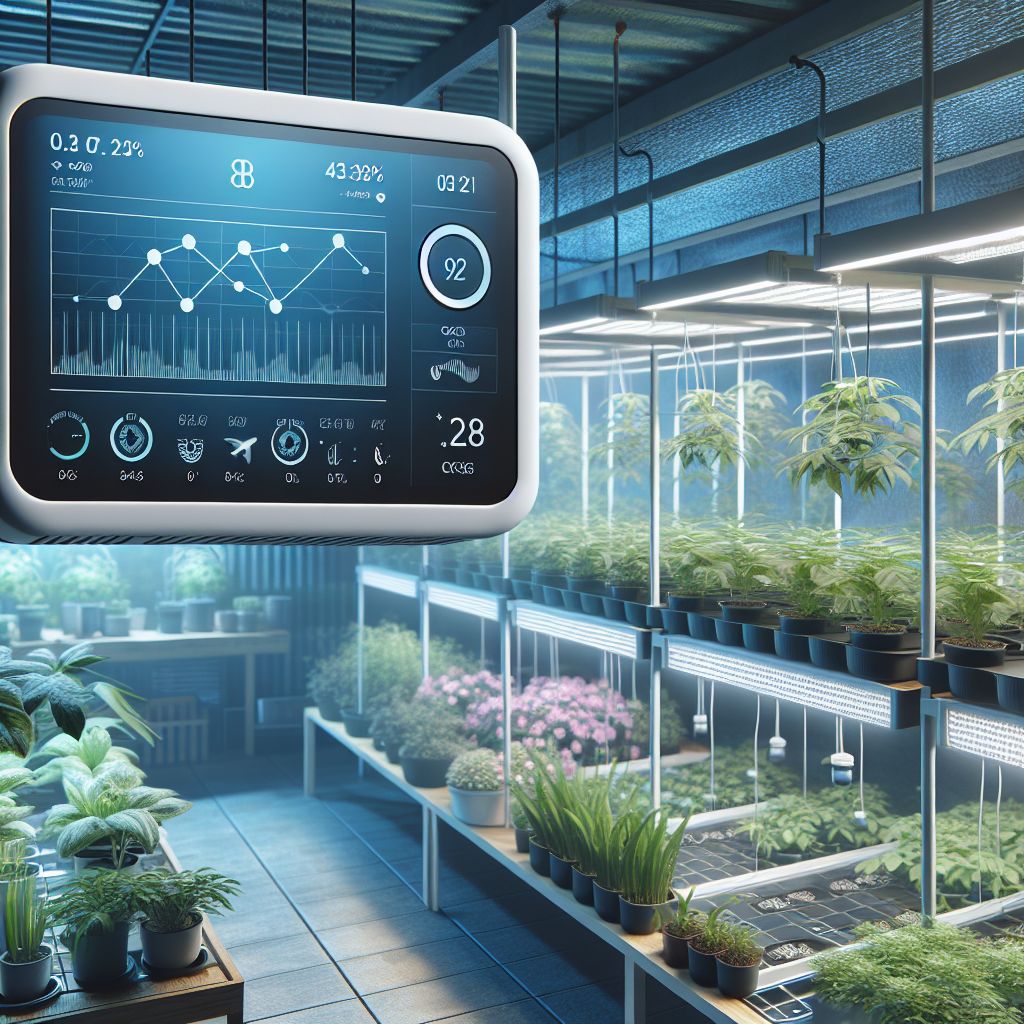Key Takeaways
- IoT soil moisture sensors help optimize irrigation, leading to increased crop yields and water conservation.
- Understanding the soil’s moisture content is crucial for determining the right amount of water your crops need.
- Choosing the right sensor depends on your specific farming needs, whether it’s a wireless or wired system, and the sensor technology used.
- Proper installation and placement of sensors are key to obtaining accurate soil moisture readings.
- Interpreting the data from soil moisture sensors allows for informed decision-making and efficient farm management.
Revolutionizing Farming with IoT Soil Moisture Sensors
When it comes to farming, every drop of water counts. With the advent of Internet of Things (IoT) technology, soil moisture sensors have become an indispensable tool for farmers who want to maximize efficiency and crop yield. These devices aren’t just fancy gadgets, they’re game changers in the way we farm. By giving us real time data on soil moisture levels, they enable us to irrigate our crops precisely when and where it’s needed.
What Are IoT Soil Moisture Sensors?
Imagine having a little helper in the field that keeps an eye on your soil around the clock. That’s what an IoT soil moisture sensor does. It’s a device that measures how much water is in the soil and sends this information to you via the internet. This way, you can make sure your crops get just the right amount of water—not too much, not too little. It’s like having a personal weather station for your soil.
Why Soil Moisture Matters in Agriculture
Soil moisture is a big deal for plants. It affects everything from the nutrients they can absorb to their overall health and growth. If the soil is too dry, plants can’t get the water they need. If it’s too wet, their roots can rot. That’s why keeping track of soil moisture can help you avoid these problems and grow healthier, more productive crops.
Cultivating Success: The Benefits of Smart Sensing
Using soil moisture sensors isn’t just about being modern, it’s about being smart. Here’s how they can help.
Boosting Crop Yield through Precision Irrigation
With sensors in place, you’ll know exactly when your crops need water. This means you can avoid under or over watering, which is not only good for your plants but also for your wallet. You’ll use water more efficiently, which can lead to bigger and better harvests.
Saving Every Drop: Water Management and Conservation
In many places, water is becoming scarce and expensive. By using soil moisture sensors, you can make sure that every drop of water is used effectively. This is not just good for the environment, it’s also good for farmers who need to manage their resources carefully.
From Guesswork to Data: Informed Decisions in Farming
Farming has always been a bit of a guessing game, with farmers relying on experience and intuition. But with soil moisture sensors, you get cold, hard data that you can use to make decisions. This means less risk and more control over your farming operations.
Comparing Wireless and Wired Solutions
When you’re deciding on the right soil moisture sensor, you’ll come across two main types: wireless and wired. Wireless sensors are battery-powered and send data through the air, making them easy to install and move around. Wired sensors, on the other hand, need a physical connection to transmit data. They can be more reliable since they don’t depend on batteries, but they’re also harder to set up. So, think about what’s more important for your farm—flexibility or reliability.
Understanding Capacitance and TDR Technology
There are two popular technologies used in soil moisture sensors: capacitance and Time Domain Reflectometry (TDR). Capacitance sensors measure the water content by detecting changes in electrical charge, while TDR sensors send out a pulse and measure how long it takes to return. TDR is generally more accurate but can be pricier. Capacitance is more affordable and still gives you a good idea of what’s going on in your soil. The choice depends on your budget and how precise you need your measurements to be.
Setting the Groundwork: Installation and Operations
To get started with soil moisture sensors, there’s a bit of groundwork to do. First, make sure you’ve got a clear plan for where you’re going to place them. You’ll need to consider the layout of your fields and where the water tends to collect or drain away. Then, you’ve got to get your hands dirty—literally. You’ll be digging holes to install the sensors at the right depth, which varies depending on your crops and soil type.
Next, you’ll connect your sensors to a data logger or directly to your smartphone or computer. This setup lets you see the data as it comes in. And don’t worry, you don’t need to be a tech wizard to do this. Most systems come with pretty straightforward instructions.
Finally, you’ll need to calibrate your sensors. This means making sure they’re giving you accurate readings. Usually, this involves checking the sensor’s readings against a known moisture content, like a soil sample you’ve dried out in an oven. It might sound like a bit of a hassle, but it’s worth it to know your sensors are on point.
Finding the Sweet Spot: Sensor Placement
Placing your sensors is more of an art than a science. You want to find the ‘sweet spot’ where the sensor will give you the best picture of your soil’s moisture. This usually means avoiding areas that are too wet or too dry naturally. Instead, look for a representative spot where the sensor’s readings will tell you what most of your field needs.
You might need more than one sensor if you’ve got a big field or a variety of crops. Spread them out to get a good overview. And remember, the closer they are to your plant’s roots, the better. That’s where the action is, after all.
Decoding Data: Interpreting Sensor Readings
Once your sensors are in place and sending data, it’s time to make sense of it all. Soil moisture readings are usually given in volumetric water content, which is a fancy way of saying the percentage of water in the soil. A reading of 30% means that there’s 30% water and 70% soil and air.
What is the best soil moisture sensor to buy?
The best soil moisture sensor for you depends on your needs and budget. If you’re looking for precision and have the funds, go for a TDR sensor. If you need something more affordable and still reliable, a capacitance sensor might be the way to go. And if you value convenience, a wireless sensor will save you time and effort.
The 5 Best Soil Moisture Sensors Manufacturers for Agriculture
Selecting the right soil moisture sensor is crucial for optimizing crop yield and water management. We have identified five leading manufacturers that stand out in the industry.
Here’s an insightful overview of each:
Arable: Pioneers in Smart Agriculture Data
Founded in 2014 and headquartered in the USA, Arable has established a significant presence, operating across 30 countries. Their flagship product, the Mark2 sensor, provides users with a wealth of agricultural data. Through Arable’s advanced data platform, farmers can monitor rainfall, crop water demand, water stress, microclimate, canopy biomass, and chlorophyll levels, enabling informed decision-making for enhanced crop management.
CropX: Revolutionizing Soil Analysis
CropX, a US-based company with a global footprint, launched its first product in 2017. They offer a comprehensive hardware and software system, complete with decision-making and planning tools that leverage continuous soil and crop monitoring. CropX sensors transmit data to the cloud, offering actionable advice and insights to optimize agricultural practices.
Sensoterra: Water Management Experts
Hailing from the Netherlands, Sensoterra was established in 2015 with a focus on water management solutions. Their product lineup includes both single and multi-depth soil moisture sensors. Data accessibility is seamless through the Sensoterra app or via platforms provided by their Integration Partners, facilitating efficient water usage.
Sentek: Soil Monitoring Innovators
Sentek, an Australian company with a history dating back to 1991, specializes in the design, development, manufacturing, support, and global distribution of products for soil moisture, salinity, and temperature measurement. Their suite of six soil moisture probes, including the versatile Enviroscan, caters to a range of depths from 0.5 up to 40 meters, offering precise soil condition data.
Farm21: The Future of Farming Technology
Farm21, founded in 2017 in the Netherlands, has quickly expanded its reach to over 15 countries. They introduced the FS11 soil moisture probe and recently launched the FS21 in early 2022. Farm21’s wireless soil sensors, coupled with weather, satellite, and scouting data, are accessible through their innovative data platform, providing farmers with a 360-degree view of their fields.
For farmers and agricultural professionals seeking to enhance their precision farming techniques, these soil moisture sensor manufacturers offer cutting-edge solutions to drive efficiency and productivity in the field.
Measuring the Impact: Before and After Data Analysis
After you’ve been using your sensors for a while, you’ll start to see patterns. You might notice that certain parts of your field dry out faster than others or that your crops are thirstier than you thought. This is where before and after data analysis comes in.
Before you started using sensors, you might have had a set irrigation schedule. Compare your old water usage to what you’re using now with the sensors. Are you using less water? Are your crops healthier? These are signs that your sensors are making a difference.
Besides that, you can also look at your crop yields. If you’re getting more produce with the same or less water, that’s a big win. It means you’re on the right track with your irrigation—and your sensors are paying off.
And remember, data is power. The more you understand your soil and your crops, the better you can farm. Soil moisture sensors are a tool that gives you that understanding. So, use them well, and watch your farm thrive.
Smarter Farming: Next Steps in Agricultural Tech
So, you’ve got your soil moisture sensors in place, and they’re churning out data that helps you keep your crops perfectly watered. But technology doesn’t stand still, and neither should your farm. The next steps in agricultural tech are all about building on what you’ve started with soil moisture monitoring and taking it to the next level.

As we move forward, we’re looking at integrating more sensors that measure everything from temperature and humidity to nutrient levels in the soil. Imagine having a dashboard that gives you a complete overview of your farm’s conditions in real time. That’s where we’re headed, and it will make farming more precise than ever before.
Exploring Advanced Features and Upgrades
Most importantly, as your soil moisture sensors become part of a larger network of farm sensors, you’ll gain access to advanced features. These can include predictive analytics that help you anticipate the needs of your crops, or even automated systems that adjust your irrigation based on the weather forecast.
Besides that, you can also explore upgrades like solar-powered sensors to reduce battery waste, or sensors that connect directly to your irrigation system to automate watering. These kinds of features not only save you time but also ensure that your farm is as efficient and sustainable as possible.
Collaborating for a Sustainable Future
Collaboration is key in the journey towards a sustainable future in farming. Sharing data and insights with other farmers, researchers, and tech developers can lead to breakthroughs that benefit everyone. By working together, we can refine the technology, improve best practices, and tackle the big challenges that face the agricultural sector.
Frequently Asked Questions (FAQ)
Let’s tackle some common questions about soil moisture sensors and their role in farming.
How Do IoT Soil Moisture Sensors Contribute to Farming Efficiency?
IoT soil moisture sensors contribute to farming efficiency by providing precise information about the soil’s moisture level. This allows farmers to water their crops only when necessary, reducing water waste and ensuring that plants receive the ideal amount of moisture for optimal growth. It’s all about giving the plants what they need, when they need it, and nothing more.
Can Small-Scale Farmers Benefit from IoT Technology?
Absolutely. Small-scale farmers can greatly benefit from IoT technology. Even a single sensor can provide valuable data that can lead to better water management and crop health. And as the technology becomes more widespread, it’s also becoming more affordable, making it accessible to farms of all sizes.
What is the Difference Between Capacitance and TDR Sensors?
Capacitance sensors measure soil moisture by detecting the change in electrical charge as it relates to the water content in the soil. They’re generally more affordable and easier to use. Time Domain Reflectometry (TDR) sensors, on the other hand, are more precise. They work by sending a pulse down a probe and measuring how long it takes to bounce back. TDR sensors are typically more expensive but offer higher accuracy.
What Are the Steps Involved in Installing Soil Moisture Sensors?
Installing soil moisture sensors involves a few key steps:
- Planning the placement of your sensors based on your field layout and crop needs.
- Physically installing the sensors at the appropriate depth in the soil.
- Connecting the sensors to a data logger or a smart device for data transmission.
- Calibrating the sensors to ensure accurate readings by comparing them with known soil moisture levels.
How Can I Analyze the Data Collected by Soil Moisture Sensors?
For instance, a farmer noticed that his tomato plants were not yielding as much as they should. After installing soil moisture sensors, he found that the soil was often too wet, leading to root rot. By adjusting his irrigation schedule based on the sensor data, he was able to improve the health of his plants and saw a significant increase in his tomato yield.
To analyze the data from soil moisture sensors, you can use software that comes with the sensors or third-party farm management software. Look for trends in the data that correlate with plant health and yield. Use this information to adjust your watering schedule, and consider other factors such as weather patterns and soil type. Over time, you’ll be able to fine-tune your irrigation practices for maximum efficiency and productivity.
In conclusion, integrating IoT soil moisture sensors into your farming practices can lead to significant improvements in efficiency and yield. By staying up-to-date with the latest advancements and collaborating with others in the field, you can continue to push the boundaries of what’s possible in agriculture. The future of farming is data-driven, and soil moisture sensors are a cornerstone of that future.
Remember, every farm is different, and the best way to use soil moisture sensors will vary depending on your specific circumstances. But one thing is for sure: embracing this technology is a step towards a more efficient, sustainable, and productive future in farming.

